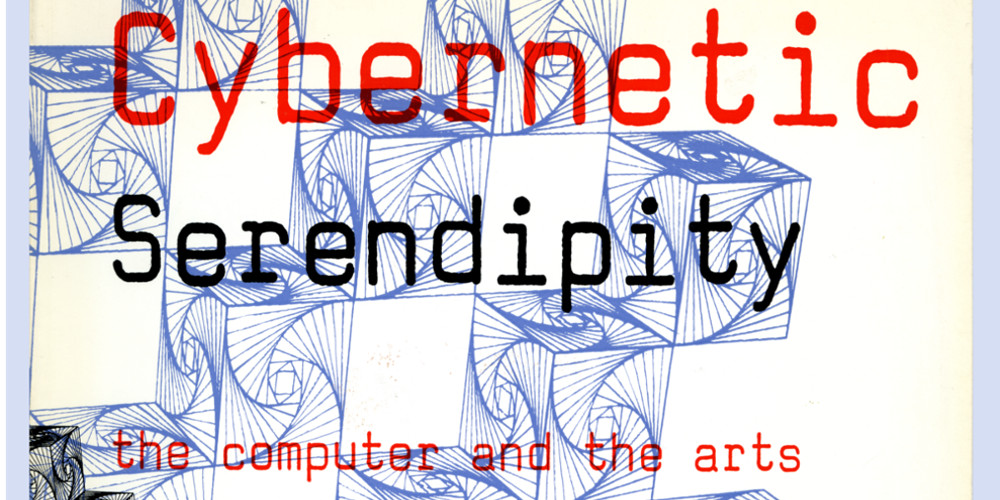
Golden Nica Visionary Pioneers of Media Art
Jasia Reichardt (UK)
What began as a technological revolution has become our culture and our common reality. Visionary pioneers not only anticipate these changes with their work; they often decisively shape them and, in so doing, establish the foundation of media art as we know it today. To accord them the recognition commensurate with their accomplishments, the Prix Ars Electronica established a new prize: Golden Nica for Visionary Pioneers of Media Art. The award is for thosewhose artistic, technological and social achievements have decisively influenced and advanced the development of new directions in art. Jasia Reichardt, curator and theoretician, is the third winner of this award and the first woman to receive it. Her archive offers insights into more than 50 years of extraordinary achievement as a curator, editor, critic and writer.
The presentation within the frame of the CyberArts Exhibitions was co-ordinated by Robert Devčić – the founder in 2005, and then the director of the GV Art gallery in London. Working to promote meaningful dialogues between artists and scientists, Robert Devčić has been committed to organising and curating exhibitions and events, and generally bringing people together to discuss questions raised by dialogues and interactions between art and science.
Jasia Reichardt (UK)
The art critic and exhibition organiser, Jasia Reichardt, is this year’s Visionary Pioneer of Media Art. Her groundbreaking work and contributions to the field of art and technology are being honored with a Golden Nica. The name Jasia Reichardt is, above all, indelibly linked to a 1968 trailblazing exhibition, presented first at London’s Institute of Contemporary Arts, then at the Corcoran Gallery of Art, Washington, D.C. and the Exploratorium in San Francisco. Cybernetic Serendipity was the title of this acclaimed exhibition in which the participants, including artists, scientists, and composers, exhibited work with a focus on computers, machines and algorithms. Visitors could sing into a microphone and thereby induce a computer to reproduce a variation of the tune, observe a hydraulic flower that turned towards any quiet source of sound directed at it, watch several drawing machines in action, try to avoid a cybernetic sculpture activated by blue light and deactivated by red light, and experience how the image screened by a conventional TV set could be manipulated and distorted with magnets. This was the first international exhibition featuring works produced with the aid of computers. Cybernetic Serendipity was Jasia Reichardt’s early involvement with art and technology, and was to be followed by many others: a book on robots, an exhibition called Electronically Yours, lectures and slide shows, collaborations with ARTEC in Japan, and the recent touring exhibition, Nearly Human.
Jasia Reichardt, born in 1933 in Warsaw, has lived in England since 1946. She attended the Old Vic Theatre School in London, and later worked as an editor, writer, critic, and exhibition organiser. She was assistant director of the Institute of Contemporary Arts in London 1963–1971, and director of the Whitechapel Art Gallery 1974–1976. Her work continues.

